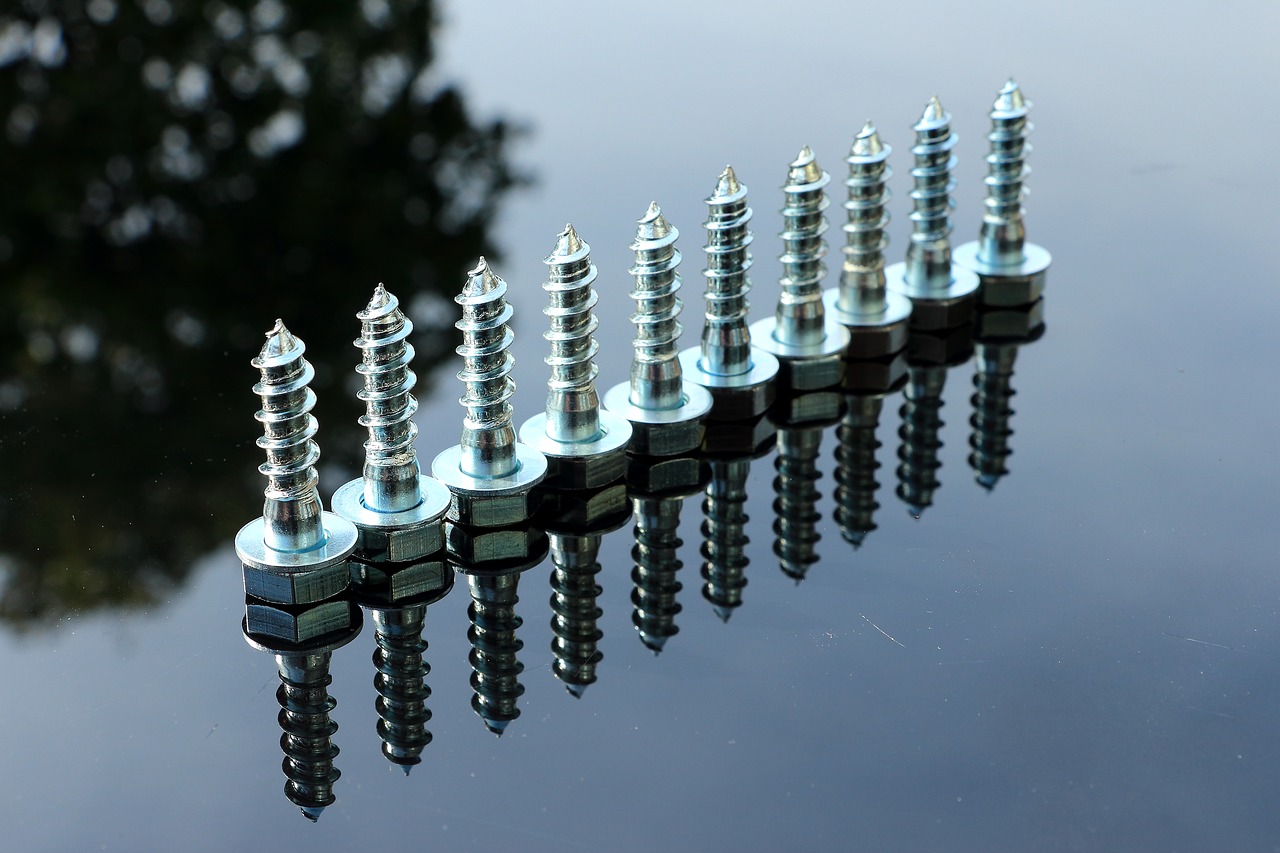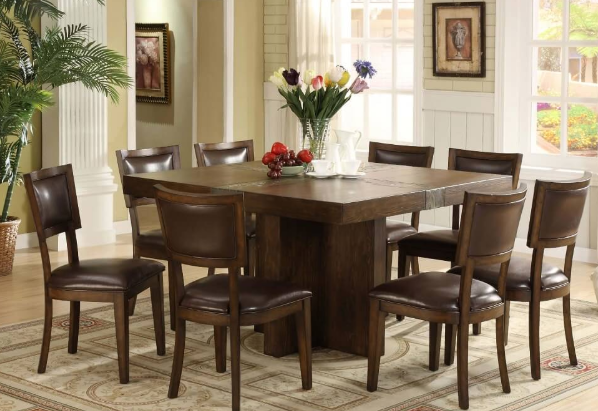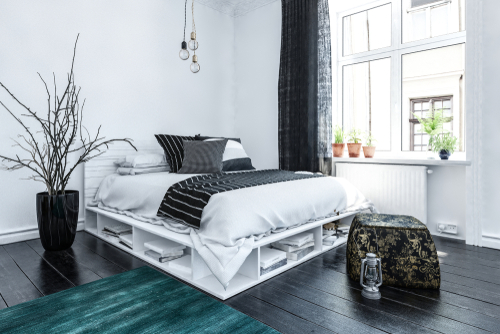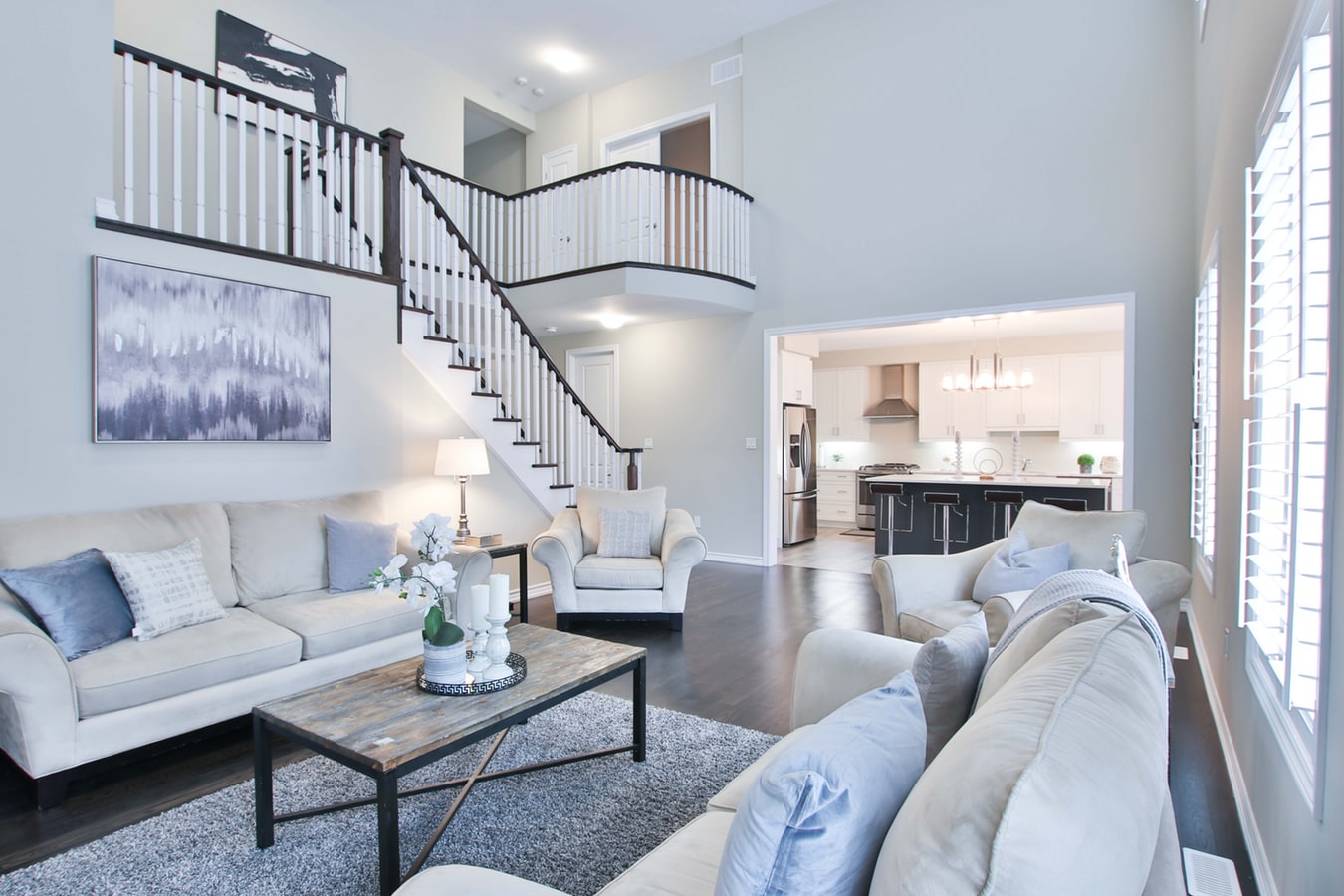Fastening screws, which are useful during any building project, are also necessary in repair works and even during interior design implementation. The screws can be divided by their shape, and also by their intended application. Which screws are most common in construction works?
Screws, i.e. what?
Screws are one of the fastening types. A screw is a fastener used to join wooden or metal elements, as well as, for example, gypsum plasterboards. These screws are most often mounted with a screw gun. The screws can be divided by the shape of their head into flat cylindrical, flat fillister, flat tapered, fillister tapered and spherical. Grooves in screw heads can also be different. They can be straight, cross-shaped, hexagonal, octagonal, star-like and three-armed.
How can you select proper screws?
The proper selection of fastenings to match the type of joined elements is of key significance. Screws appropriated to various surfaces can be choose by the assistace of Rawlplug.com; the website presents a number of joints for many structures. They can be divided into connectors for timber, for wooden structures, plasterboards, metal and sheets. What are they distinguished by?
Screws for timber and wooden structures
Regarding the entire offer of screws, those for timber are most often selected. They are simple in application, ensure cleanliness in mounting, and are available in many sizes for easy matching to a given surface type. The screws excellently combine not only with normal wood, but also with its exotic, structural and glued variations. The screws can also be used to connect wood-based panels.
Screws for gypsum plasterboards
Screws for gypsum plasterboards are not distinguished by any specific shape, since they facilitate a smooth dive into a panel, thus not puncturing it. There are two types of such screws used to connect gypsum plasterboards with wood or metal.
Screws for metal and sheets
The screws which are intended for metal surfaces and sheets are distinguished by their cylindrical shaft. Their heads are also characteristic, and are conical, cylindrical or washer-like in shape. These screws are made from harder steel than those for wood fastening. The harder steel limits the risk of screw deformation during use.
What should attention be paid to when purchasing screws?
When screws are selected their intended application should be the primary criterion. You should select connection elements which are intended for a specific material. Otherwise, they may be either not durable enough or damaging to delicate surfaces. It is very important to consider the tip of a screw, so that it is appropriate for timber, metal or gypsum plasterboard. Screw size is also an important issue and one of the major selection criteria, taking into account both the screw length and its diameter. The screws should be matched to the type of performed task and, first of all, to the material into which they will be mounted.
undefined











